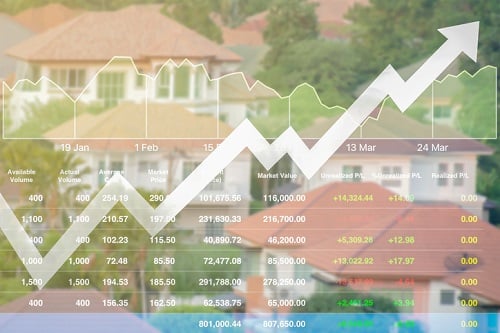

Recent CoreLogic data has shown the top quartile of the housing market is outperforming the broad ‘middle’ and lower quartile, with the trend most evident in Sydney and Melbourne.
“Although housing values are rising across each of the valuation cohorts, the recovery trend is most concentrated within the premium sector of the market,” explained CoreLogic head of research, Tim Lawless.
“The stronger performance across the higher value end can likely be attributed to a combination of values falling more in this sector during the downturn, as well as recent adjustments to serviceability rules which has boosted borrowing capacity.
“Additionally, the scarcity value of detached homes in many of the blue-chip property markets is another factor supporting strong capital gains.”
Over the three months ending November, values across Sydney’s top quartile were up 7.4% – compared with a 3.8% rise across the lower quartile. In Melbourne, top quartile values were up 8.1% compared with a 4.2% rise across the lower. Brisbane, Perth and Darwin also saw premium value properties outperform those with lower value.
“[However] as housing values become less affordable in these high-end markets, demand is likely to ripple outwards to the more affordable areas,” Lawless said.
While property values are on the rebound, soft rental conditions have persisted.
“[This] can be attributed to a range of factors including the recent history of rising rental supply, demonstrated by unprecedented levels of investment participation in the housing market between 2012 and 2017, as well as a significant increase in dwelling construction skewed towards rental accommodation in the high rise apartment sector,” said Lawless.
“Additionally, a larger than normal number of renters have transitioned to first home buyers, thereby denting rental demand.”
As dwelling values trend higher and rental growth remains low, gross rental yields are starting to compress.
Although gross rental yields are trending lower, so too are mortgage rates. At the end of October, the average three-year fixed rate for an investor mortgage was 3.48%.This is now lower than capital city gross rental yields for the first time since at least 2007 (when CoreLogic’s rental yield series commences), implying that more properties will be showing a positive cash flow for investors, and paying off a mortgage may be more affordable than paying rent in many areas.
